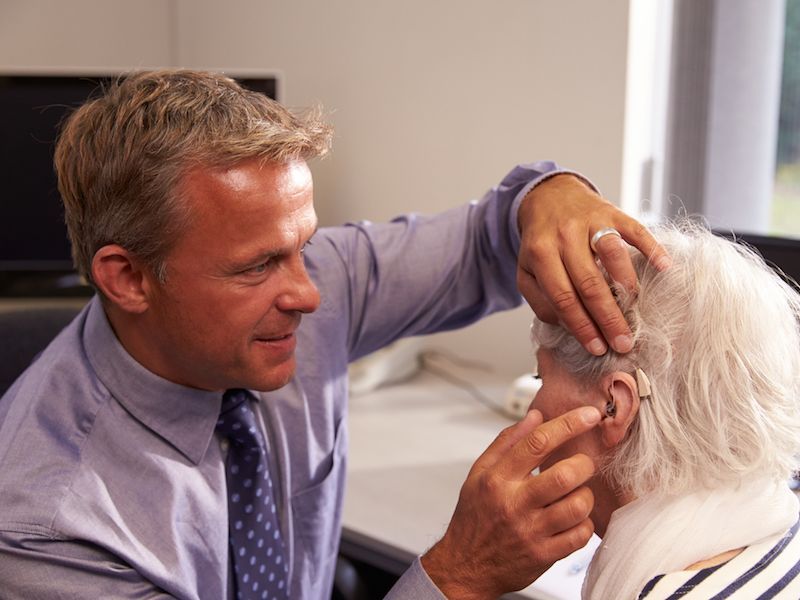Here Are a Few Things to Think About When You Decide to Purchase Hearing Aids

The numbers don’t lie: you will probably require hearing aids someday. A quarter of all people from 60 to 75, according to an NIDCD report, have hearing loss and for individuals over 75 this number increases to 50%. But how can you be certain which hearing aid is correct for you when you recognize it’s your best opportunity to combat hearing loss? Hearing aids at one time had problems like vulnerability to water damage and excessive background noise but modern day hearing aids have solved these types of issues. But to ensure that your choice of hearing aid is correct for you, there are still things you need to think about.
Pay Attention to Directionality
Directionality is one essential feature you should look for, which has the capability of keeping background noise down while focusing on noise you want to hear like conversations. One, if not both, of two types of directionality systems are working inside most hearing aids, they either focus on sound directly in front of you, or they focus on sound produced by different speakers and sometimes do both.
Can You Use it With Your Phone?
As a nation, we’re addicted to our phones. You probably have some kind of cell phone, either a smartphone or an older style cell phone. And on the unlikely event that you don’t have any kind of cell phone, you probably still have a land-line. So, how well hearing aid works with your phone is an essential concern when you’re shopping for hearing aids. How does it sound? Are you capable of discerning voices precisely? Does it feel easy to wear? Is it Bluetooth Ready? These are all the things you should consider when looking at new hearing aids.
Are You Inclined to Wear it?
In the last few years, as noted above, the technology of hearing aids has vastly improved. One of those advances has been the size and shape of hearing aids, which have moved towards the smaller and more comfortable direction. Nevertheless, there are always going to be some trade-offs. It is dependant on what your specific needs are. A smaller hearing aid isn’t as obvious and may fit better but a larger one could be more powerful. The little ones won’t have the features of the larger models and they may get clogged with earwax but they do fit inside your ears nearly imperceptibility. On the other hand, better directionality functions and more sophisticated sound amplification options come with a behind the ear hearing aid though it’s a little bit larger.
Exposure to Particular Background Noises
Wind interference has been an extreme difficulty for hearing aid users ever since they were invented. It would have driven anyone nuts to go outside on a breezy day and hear nothing but the wind. If you’re an outdoors kind of person or you live in a windy place, you’ll need to get a hearing aid that suppresses wind noise so you can carry on conversations at a normal volume and steer clear of the headaches that are linked to hearing aid wind noises. Looking for more information about how to pick the right hearing aid? Get in touch with us.


